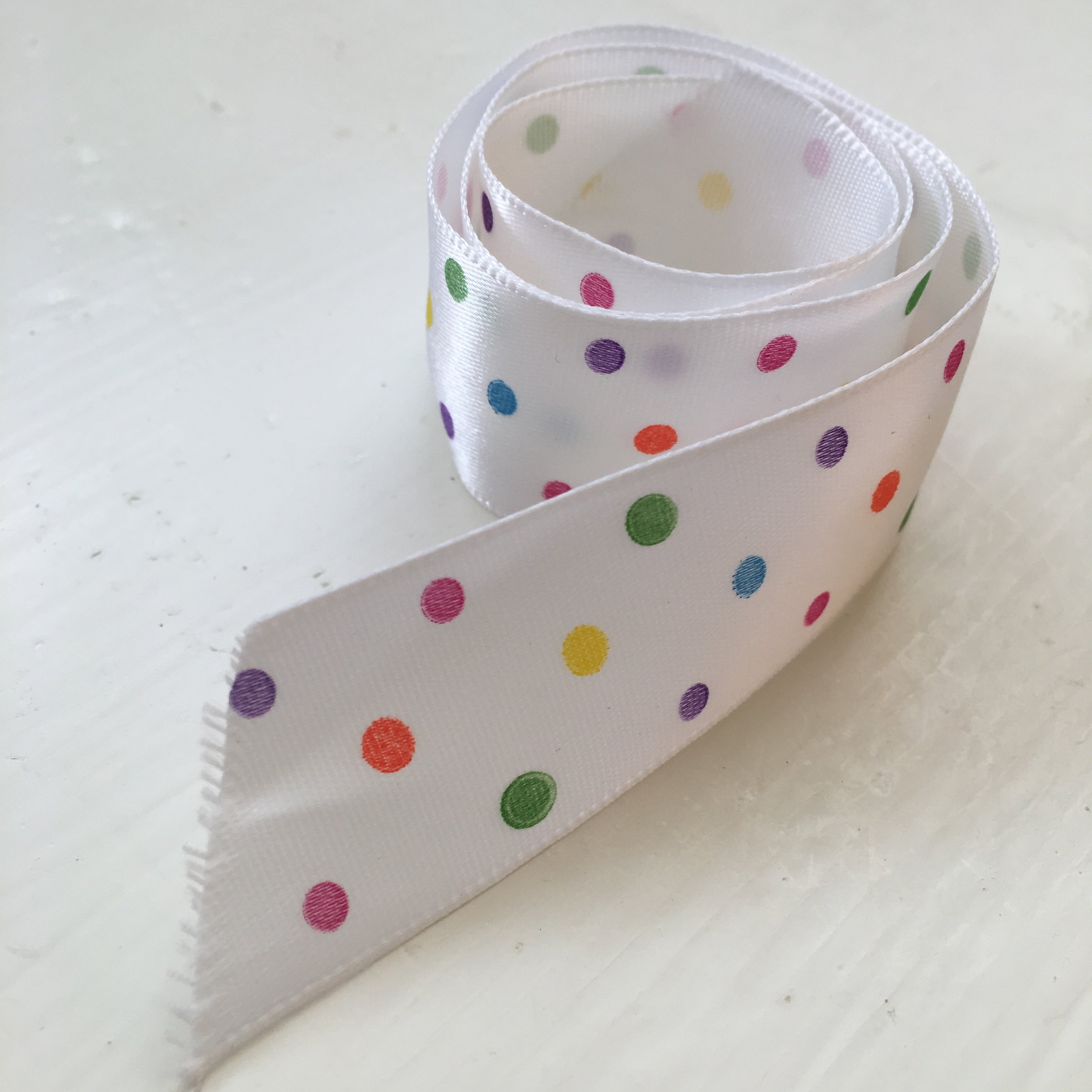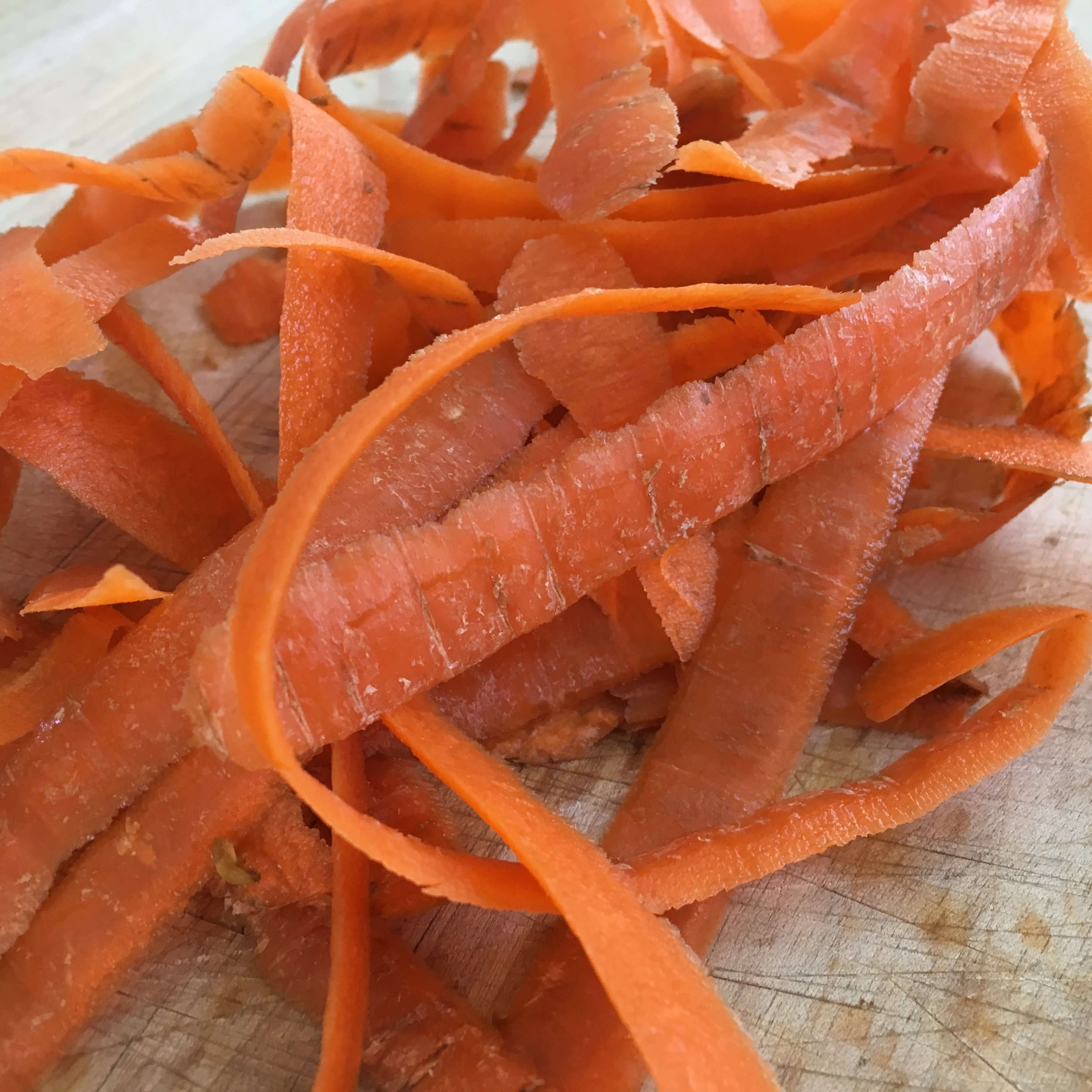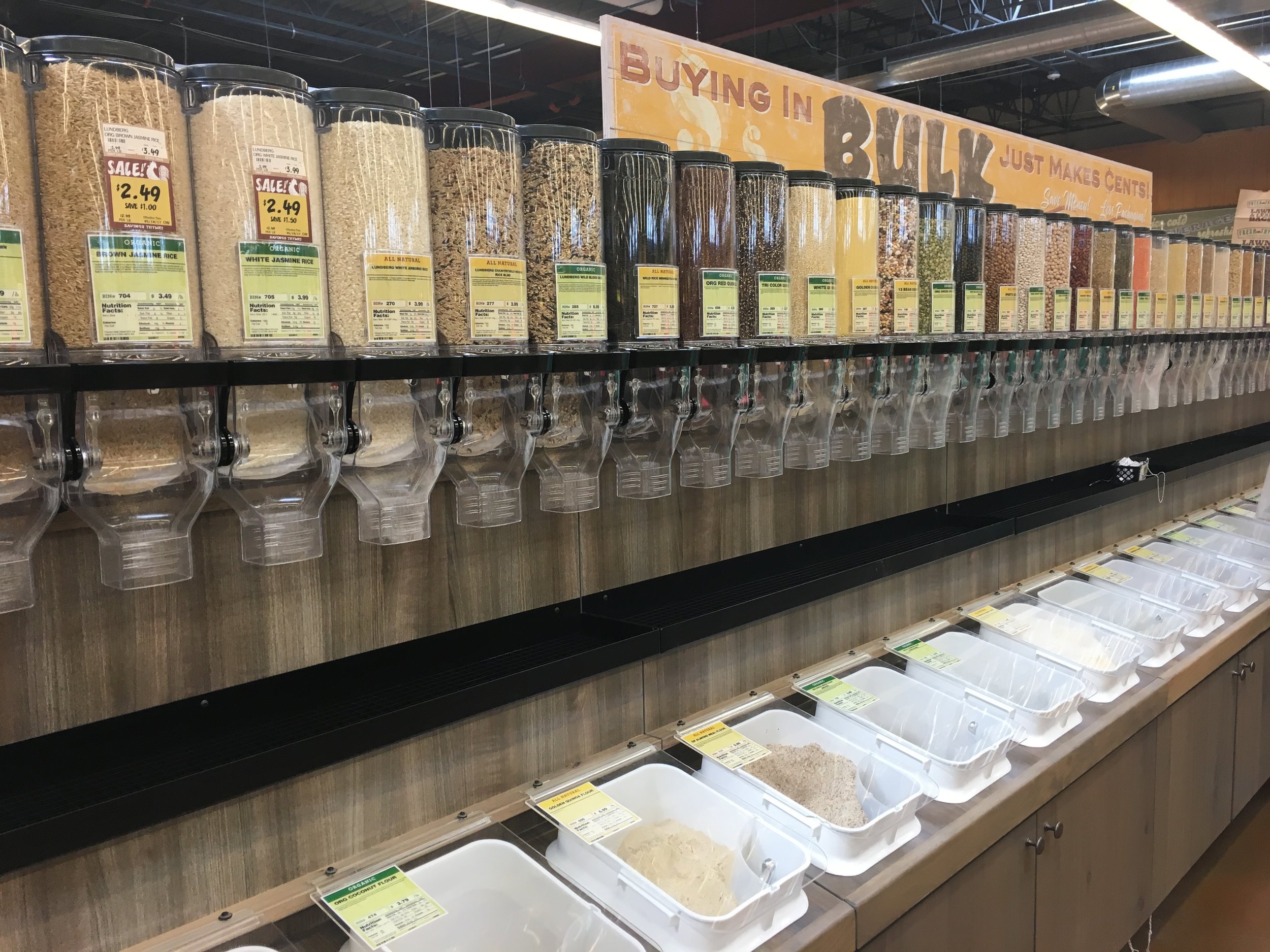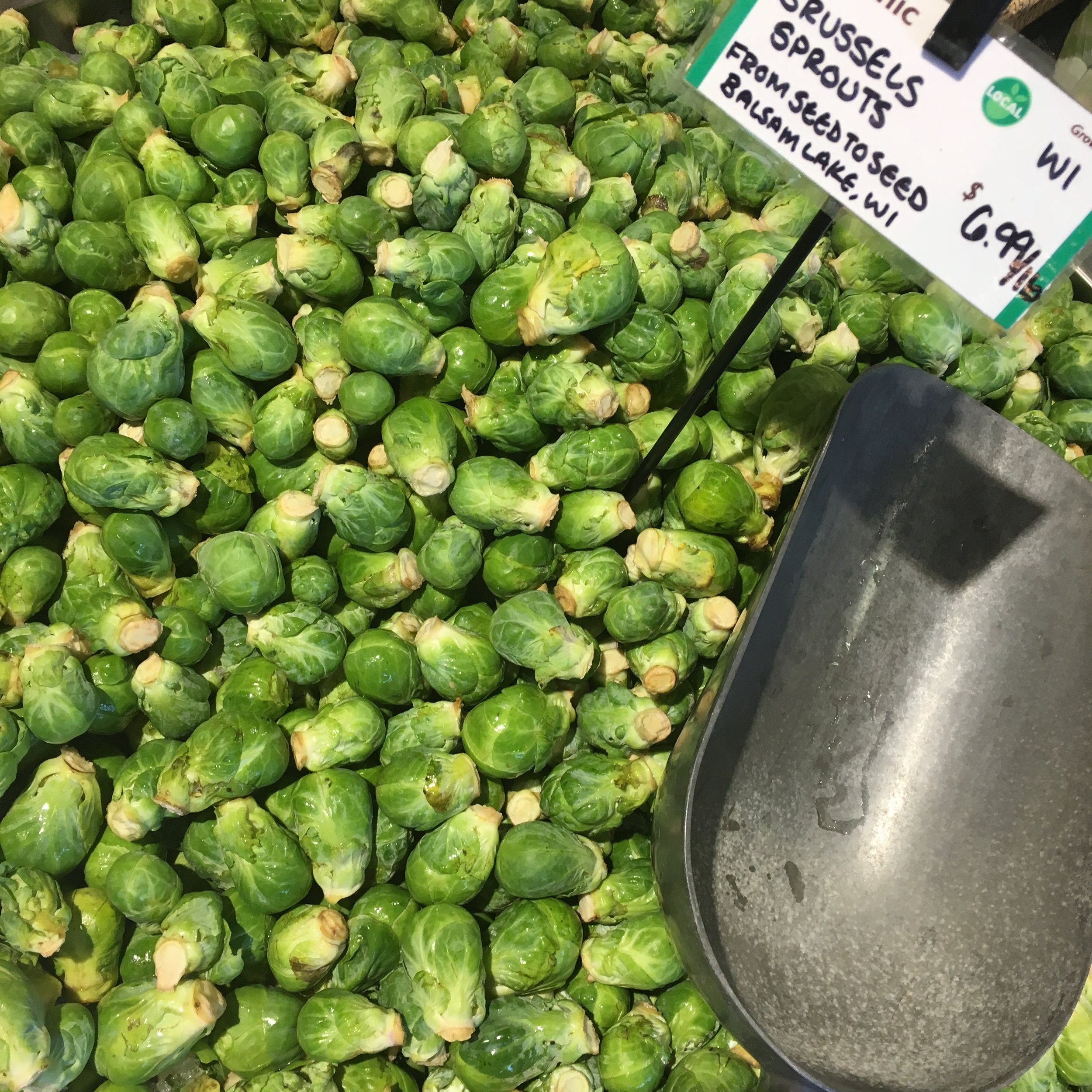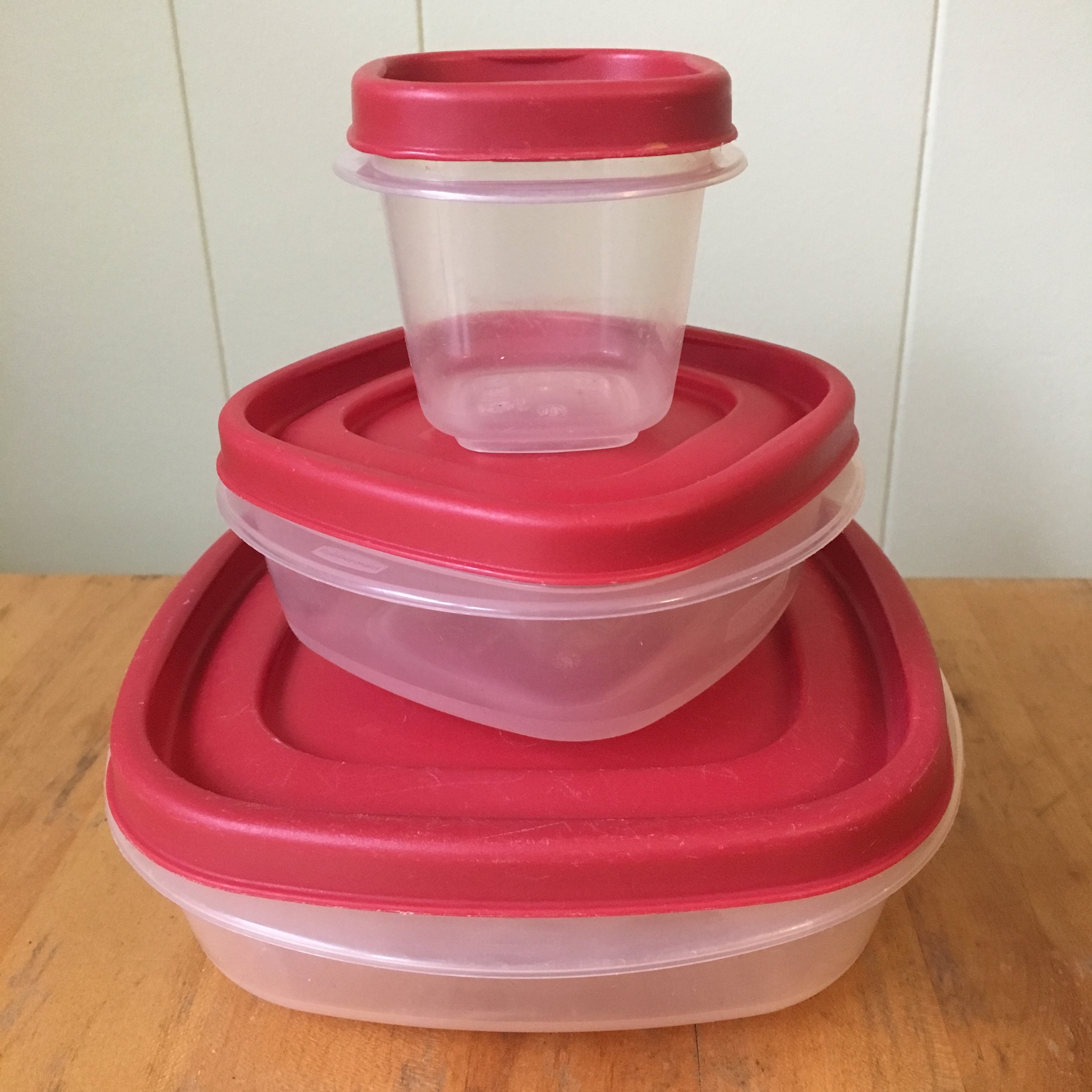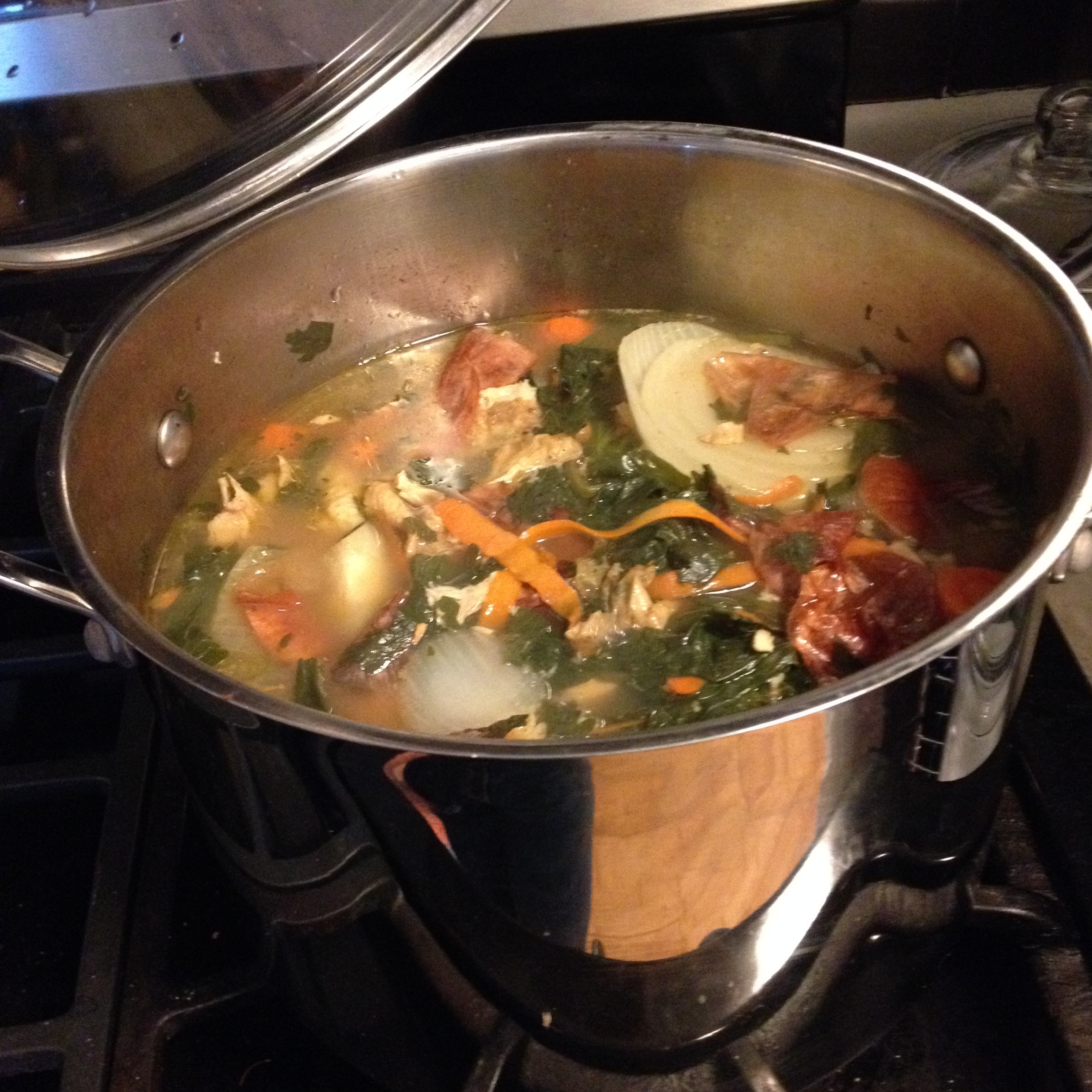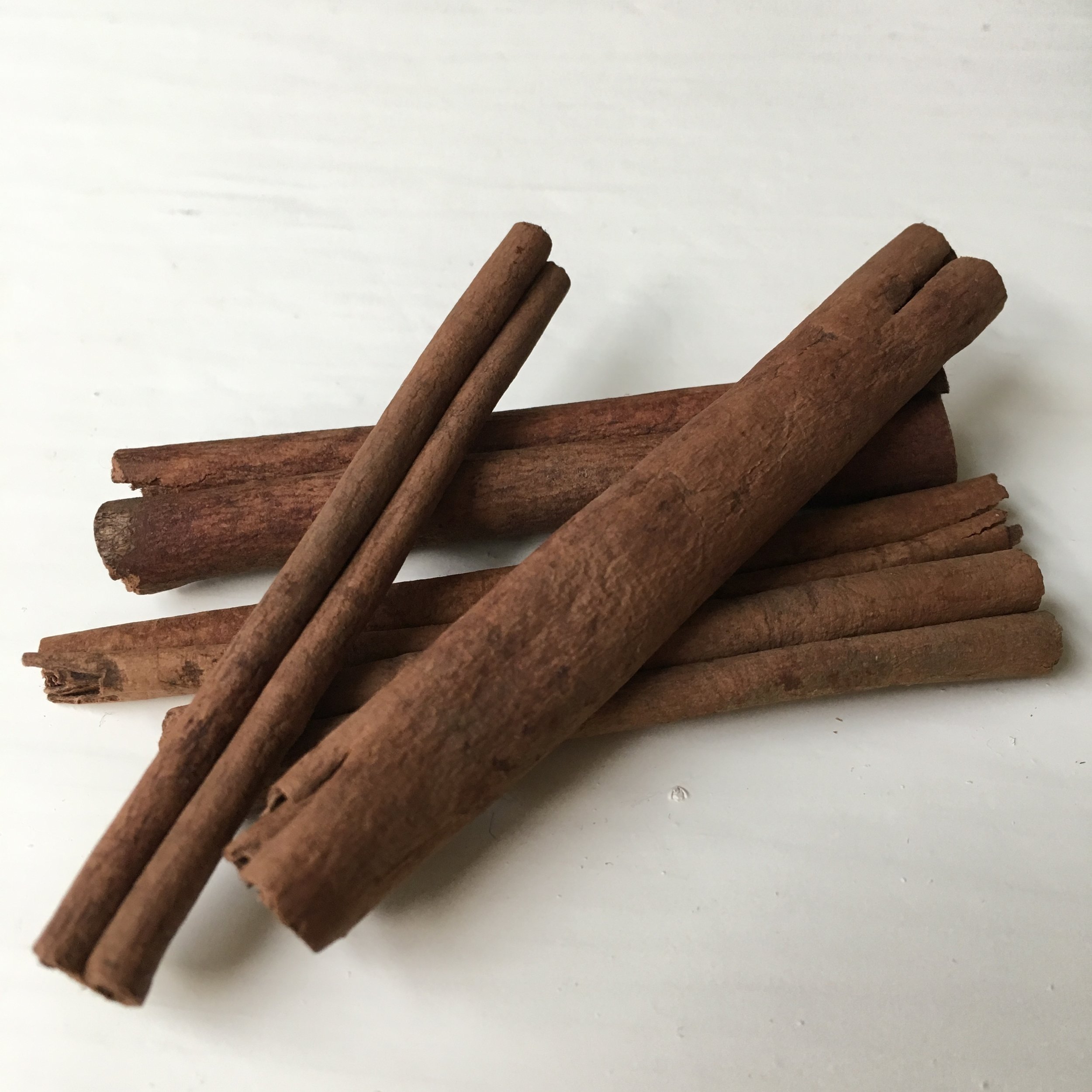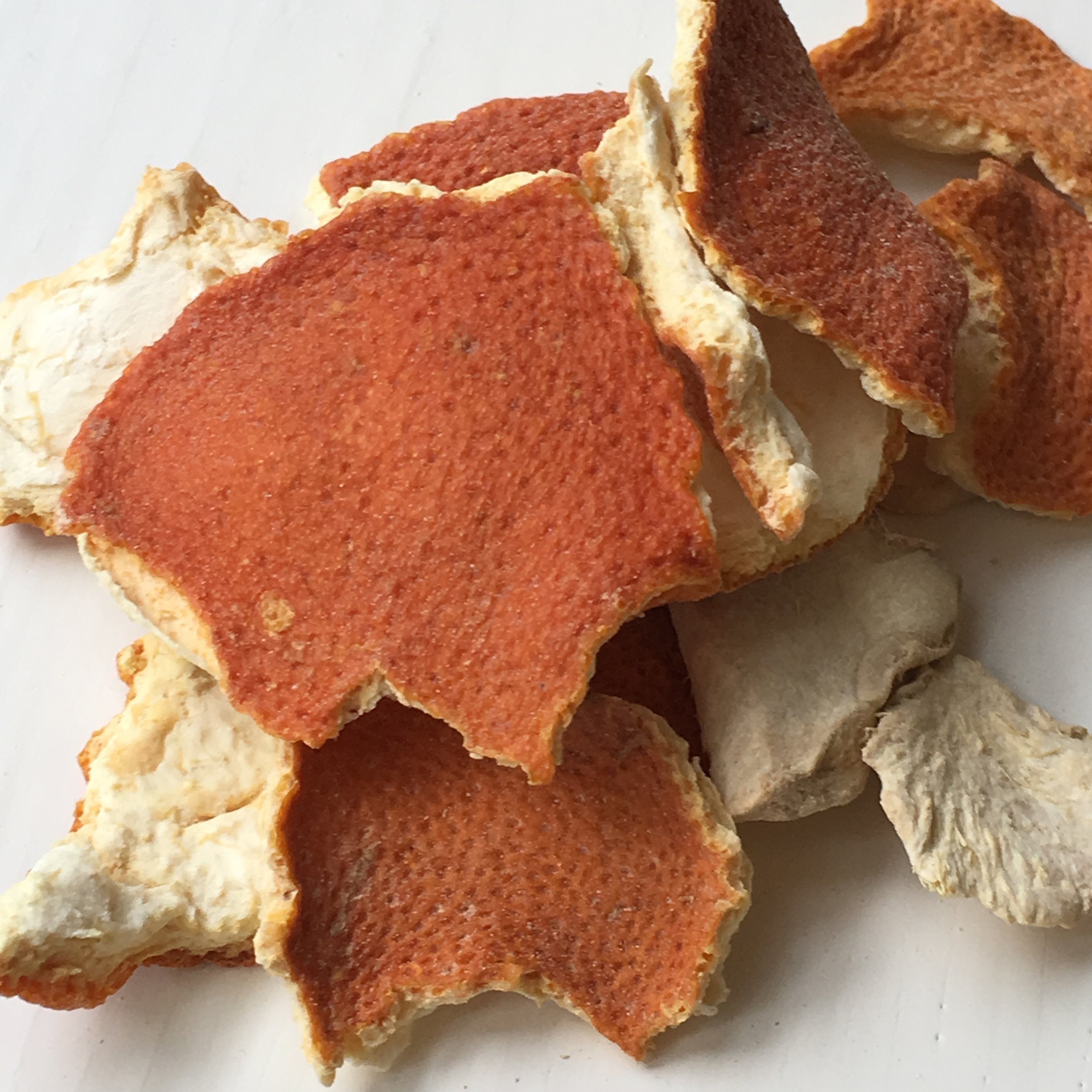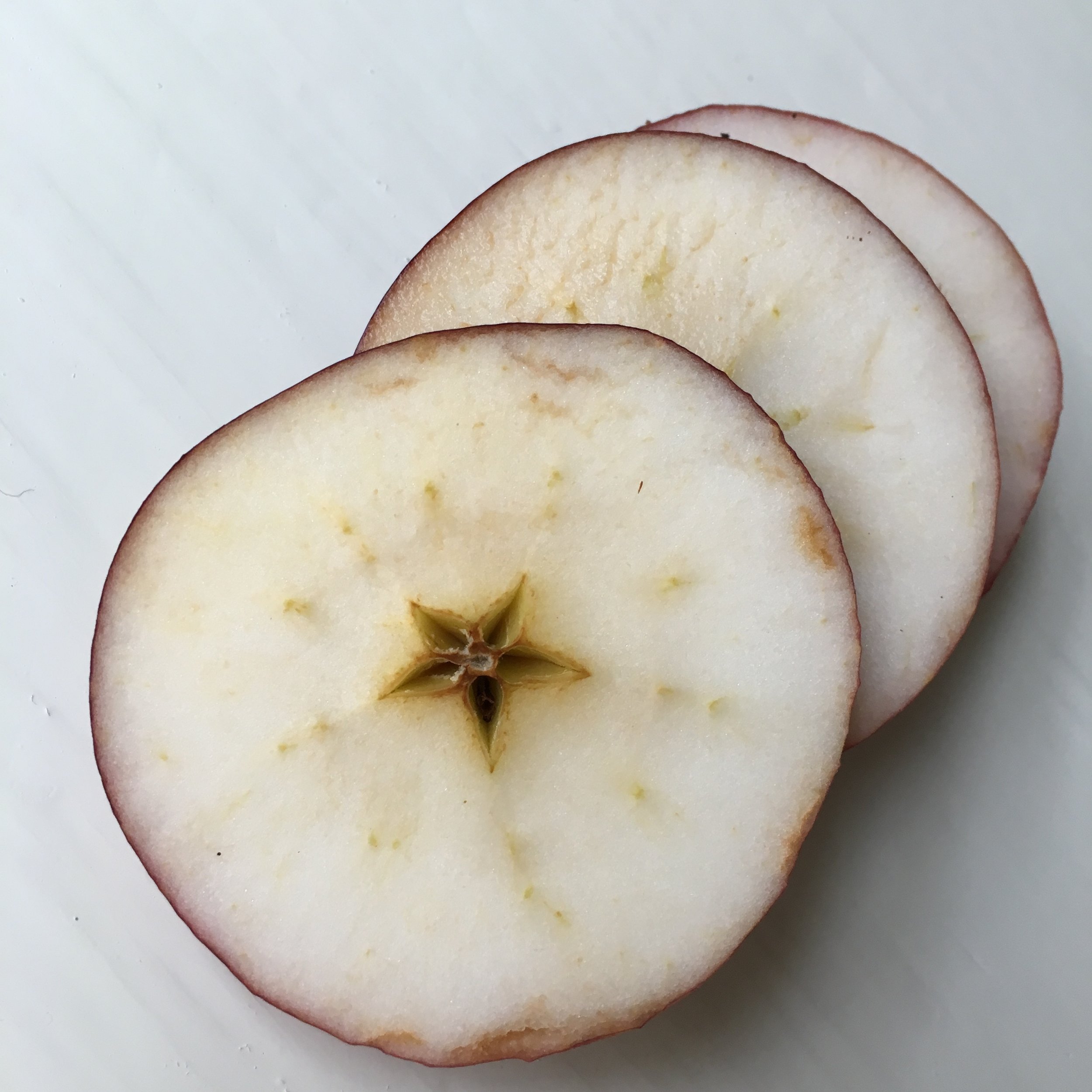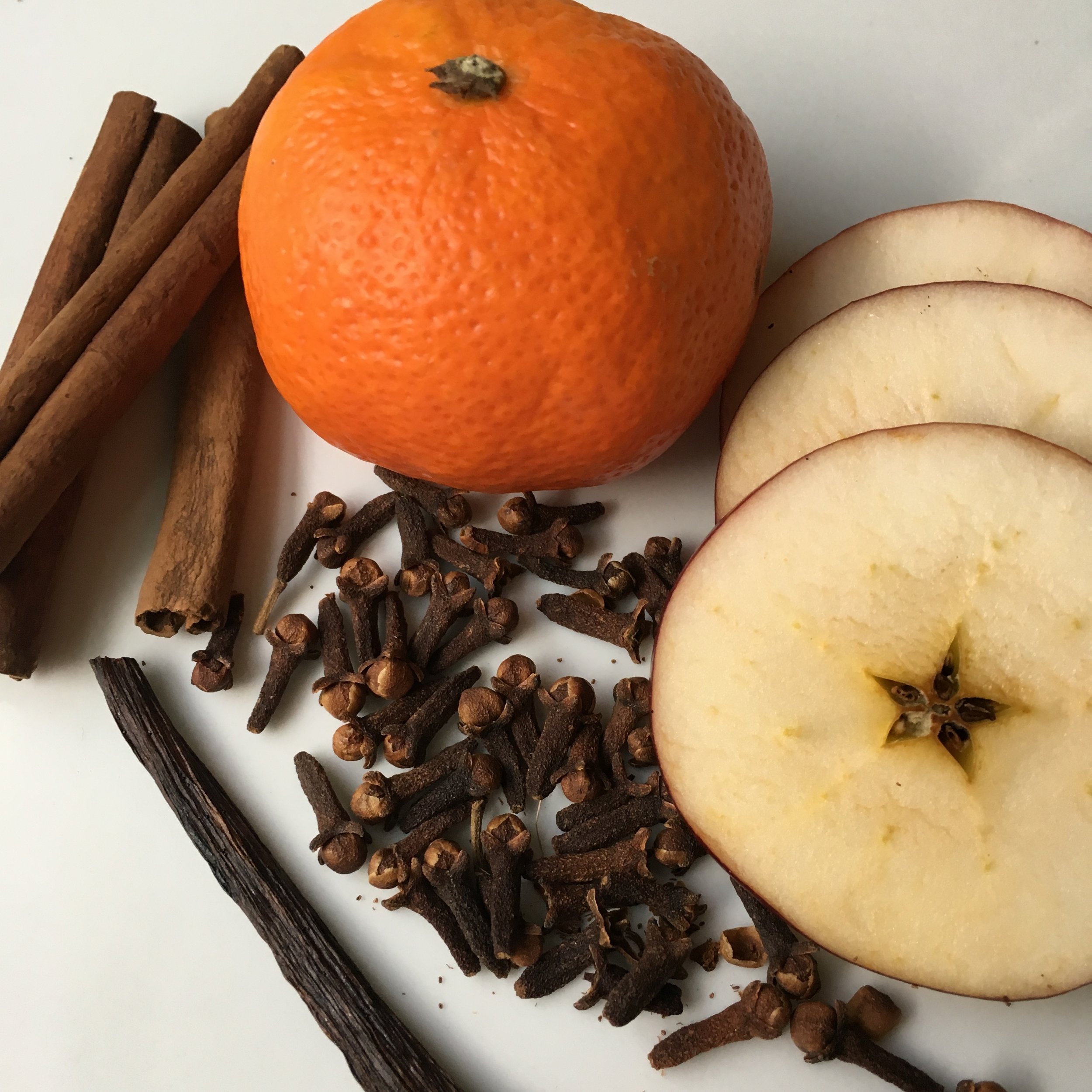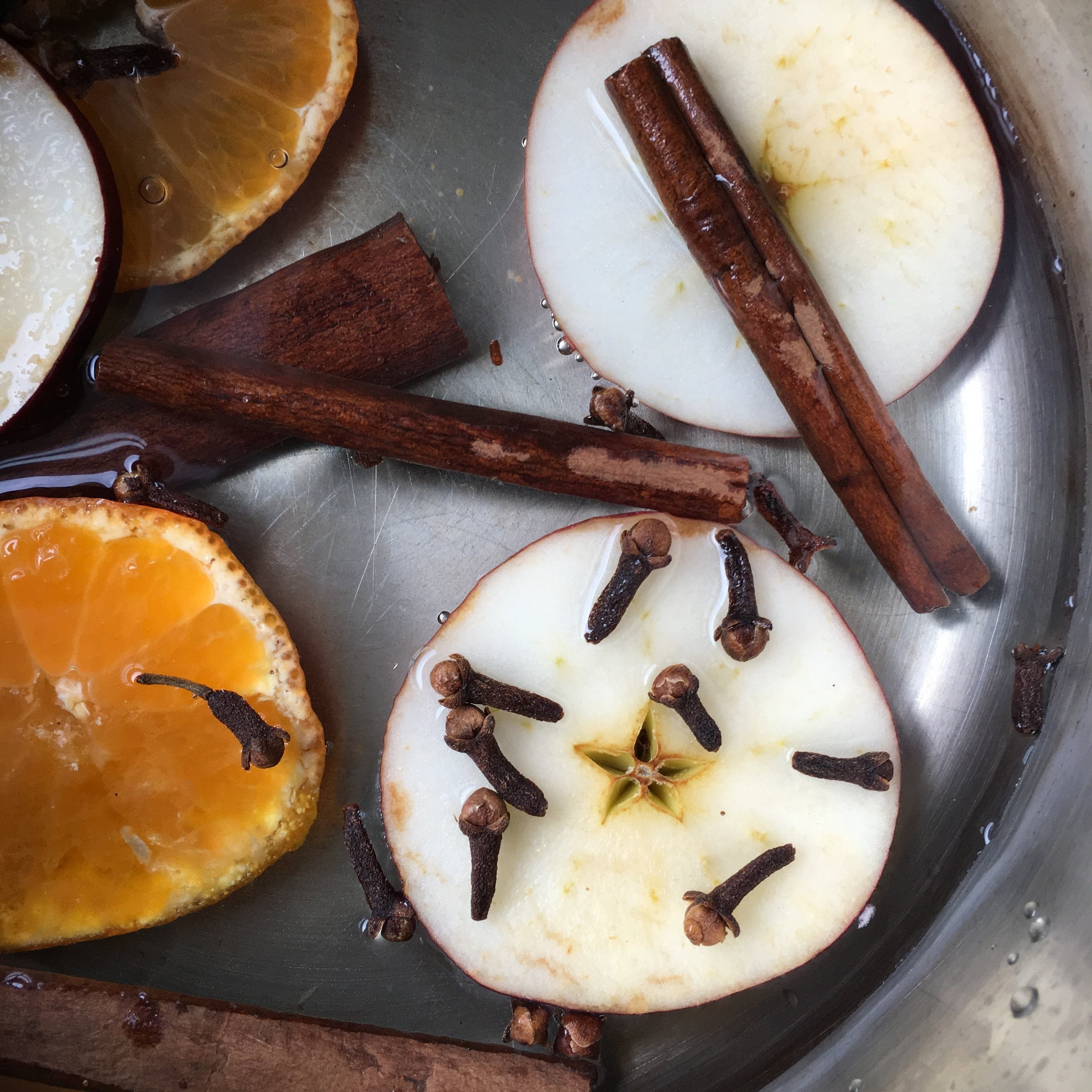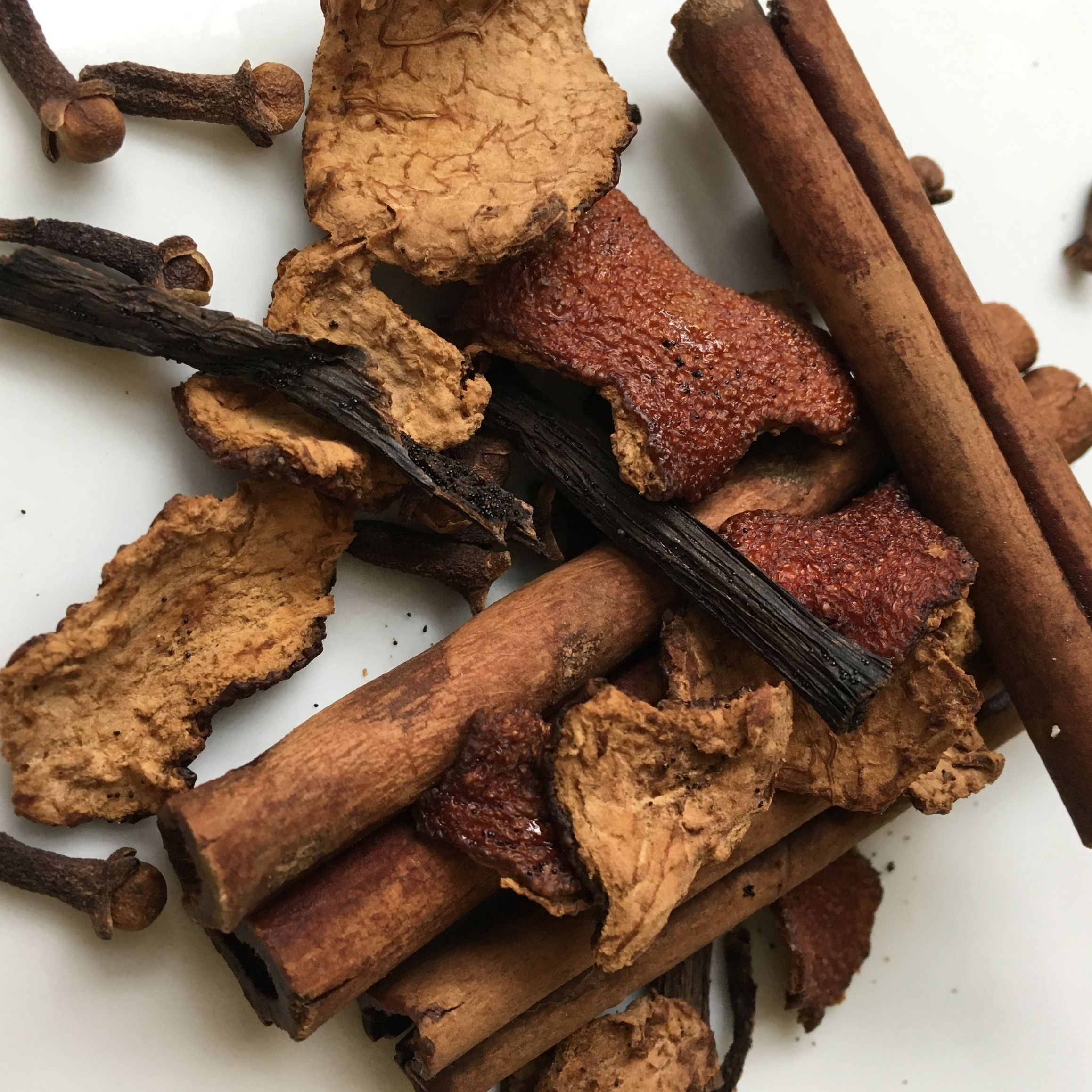The generosity of others becomes ever more apparent during holidays, birthdays and significant life events. Gift giving is a celebration of these special moments but too many gifts and wrapping materials can feel burdensome and be wasteful. Help reduce waste during the next gift giving occasion with these ideas.
Shop using low-waste principles. Choose items with the least amount of packaging, reduce the volume of gifts given, prioritize buying used over new, and choose products made from sustainable materials and packaging.
Explore alternative gift options.
- Give Experiences
- Tickets (Concert, sports, movie, play, musical, comedian, art exhibit, or lecture)
- Day/Season Pass or Membership (Art museum, science museum, children’s museum; Library - toys, tools; zoo, aquarium, indoor play park, national or state park, theme park, trampoline park, tank driving, indoor rock climbing, yoga studio, grocery cooperative membership)
- Food & Drinks (Restaurant, brewery, winery, coffee shop, bakery)
- Tours (Factory, farm, history, brewery, chocolatier, etc.)
- Vacation or hotel stay
- Rental (boat, kayak, paddle board, convertible, specialty bike)
- Spa (manicure/pedicure, massage, yoga, float therapy)
- Adventure (dog sledding, zipline, ropes course, scuba diving or certification, skydiving)
- Give Knowledge
- Books
- Magazine subscription
- Classes (Swimming, soccer, gymnastics, singing, musical instrument, dance, swimming, acting, improv, foreign language, woodworking, knitting/embroidery/textiles, gardening, brewing, cooking, foraging, sewing, photography, folk school)
- Give a Donation
- Give Cash (No remaining balance or plastic gift card is left behind.)
- Give Practical Consumables
- Seeds for vegetable and/or flower gardening
- Candles, unpackaged and free of commercial fragrance/chemicals
- Give Reusables (enable others to reduce waste)
- Insulated to-go bottle/mug
- Refillable fountain pen
- Safety razor with recyclable blades
- Food storage items (Glass or stainless steel containers, waxed cloth wrap, etc.)
- Straws (Glass, bamboo or stainless steel)
- Mesh produce bags
- Cloth kitchen towels
- Cloth napkins
- Cloth bags
- Wool dryer balls
- Natural heating pad and hand warmers
- Clothes drying rack
Use alternative gift wrap & tags. The vast majority of manufactured gift wrap is not recyclable. Alternative gift wrap such as paper grocery bags, newspaper, and magazine pages can give an extra purpose to items before heading to the recycle bins. Repurposed gift tags (or even no gift tag) can also be made from repurposed items. For those open to reusable cloth wrapping methods, any cloth fabric (from specifically-made gift wrap cloths to hand towels, pillowcases, and bed sheets tied with real ribbon) can be used.
Reuse gift bags, tissue paper, wrapping paper, ribbon and tags.
Donate, exchange or return gifts you do not intend to use. Let others benefit from the generosity extended to you. If you cannot accept a gift generously, pass it along generously.
Make wishes known. Let others know what you or others want or need. Universal gift registries can help not only for weddings and showers but also birthdays and holidays. (Try MyRegistry or BabyList.)
Educate your gift givers about low-waste gift giving. Mention your interest in low-waste gift giving to potential gift givers or even share this post!


















